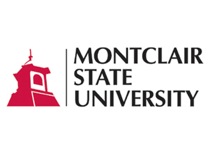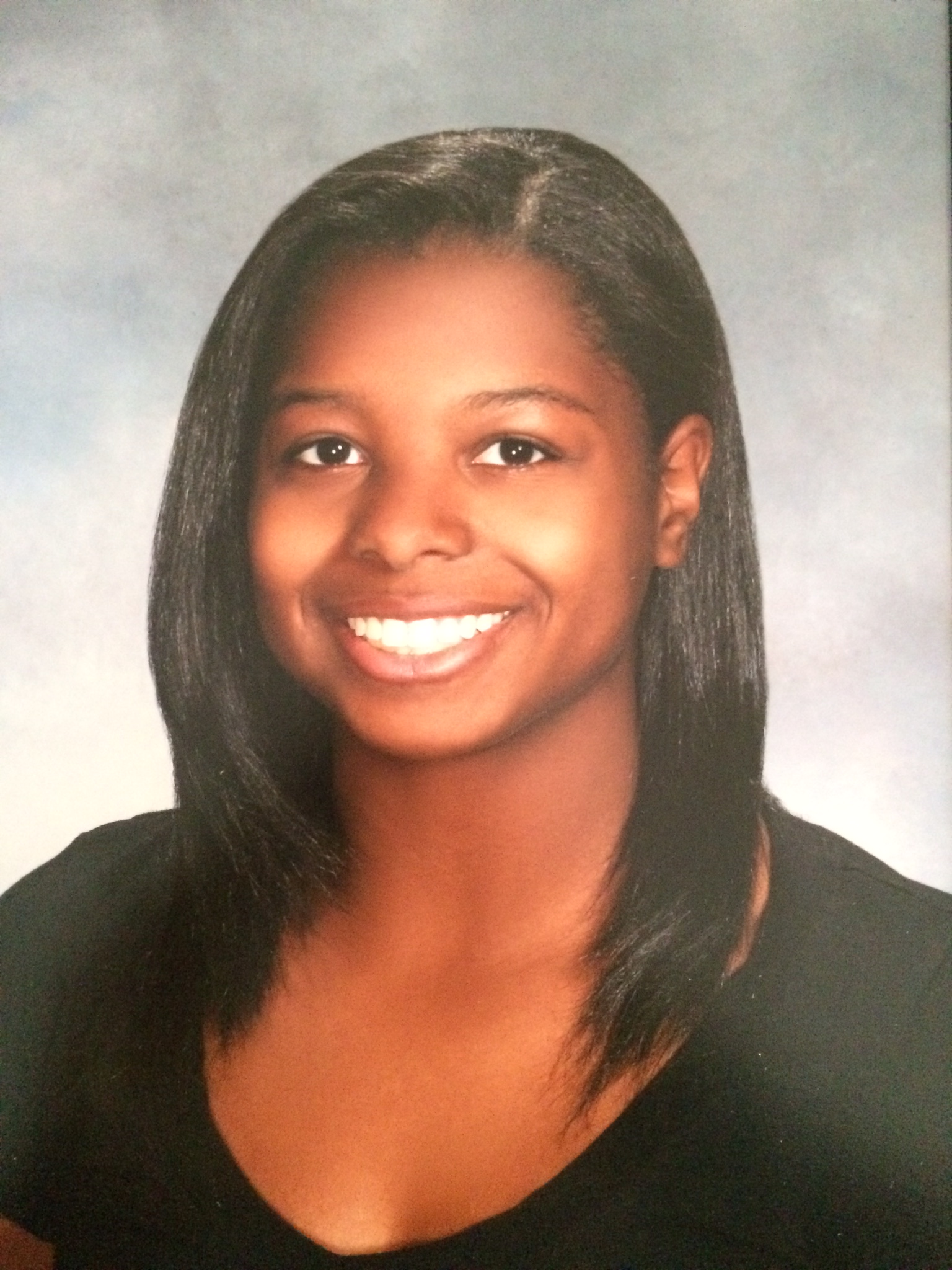Below is a summary of the abstract you submitted. Presenting author(s) is shown in bold.
If any changes need to be made, you can modify the abstract or change the authors.
You can also download a .docx version of this abstract.
If there are any problems, please email Dan at dar78@pitt.edu and he'll take care of them!
This abstract was last modified on May 7, 2016 at 11:58 a.m..

The Montclair State University Phage Hunter class of 2015-2016 isolated both Mycobacteriophages from Mycobacterium smegmatis and Arthrobacteriophages from Arthrobacter sp. Isolation of the Arthrobacteriophages proved to be the most challenging. Approximately 48 soil samples using various media and protocols were screened; only three samples were successful in yielding Arthrobacteriophage. High titer lysates of the isolates were prepared and DNA was isolated for both the isolated Mycobacteriophage and Arthrobacteriophage. DNA from Mycobacteriophage LifeSavor and Arthrobacter phages Karlyn and Abidatro were submitted for sequencing. Upon sequencing, Karlyn was determined to be a clone of Abidatro.
Abidatro was isolated from soil obtained near the parking deck on the campus of Montclair State University. Abidatro is interesting because it is the second member of Arthrobacteriophage Cluster AS. The Abidatro genome contains 39,122 base pairs with 69 genes.
The LifeSavor genome contains 156,804 base pairs with 233 genes and belongs to cluster C (subcluster C1). LifeSavor had an astonishing 32 tRNA genes within the 233 genes that were read by DNAMaster. Having any tRNA genes in a phage genome is unique, but to have so many in one genome is remarkable, especially since several of them were repeated multiple times throughout the genome.


